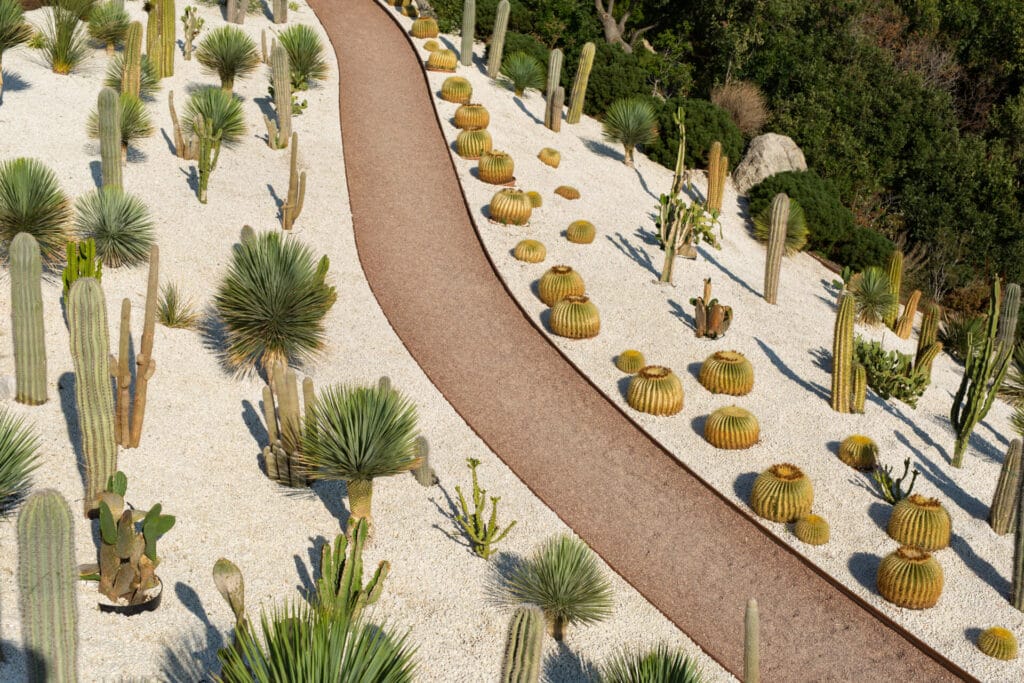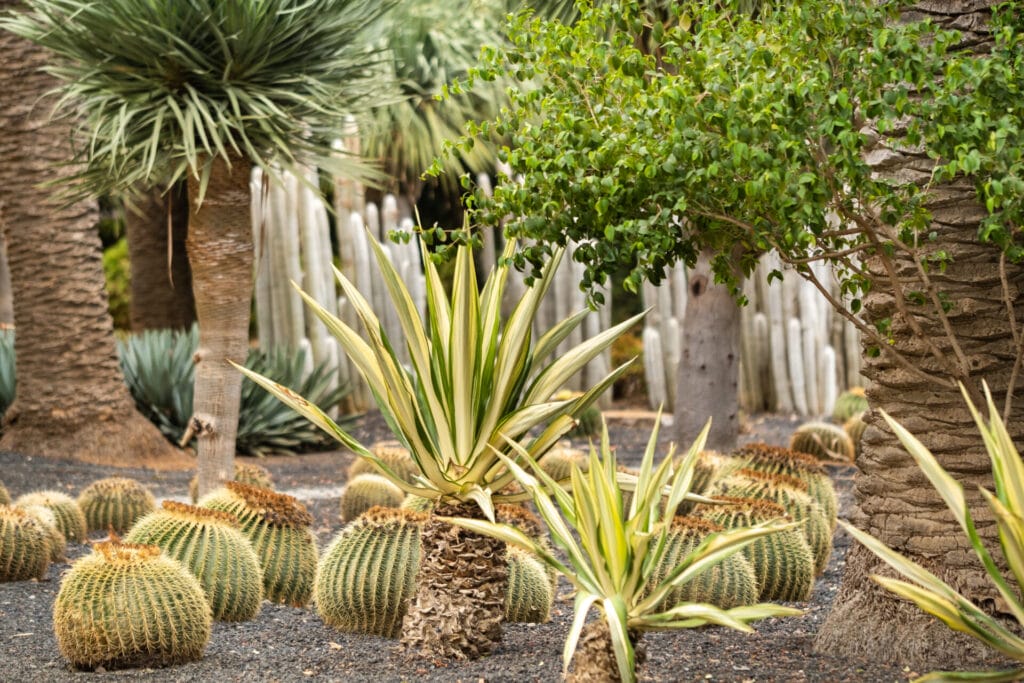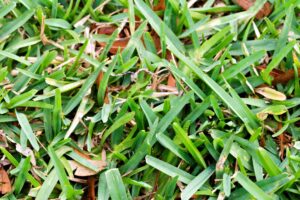
In an era marked by climate change and water scarcity, xeriscaping emerges as a beacon of hope for environmentally-conscious gardeners. This sustainable landscaping practice not only conserves water but also enhances the beauty of outdoor spaces. Whether you’re a seasoned gardener or a novice enthusiast, diving into the world of xeriscaping offers a plethora of benefits for both you and the planet.
Xeriscaping, derived from the Greek word “xeros” meaning dry, is a landscaping method that focuses on creating drought-resistant gardens. The core principle revolves around minimizing water usage while maintaining aesthetic appeal. By incorporating native plants, efficient irrigation systems, and strategic design, xeriscaping transforms landscapes into thriving ecosystems that require minimal maintenance.
The benefits of xeriscaping extend far beyond water conservation. Firstly, it reduces water bills significantly, making it a cost-effective solution for homeowners and businesses alike. Moreover, xeriscaped gardens require less maintenance, saving valuable time and effort. Additionally, xeriscaping promotes biodiversity by providing habitats for native flora and fauna, contributing to a healthier ecosystem.
Designing a xeriscape garden involves careful planning and consideration of various factors such as climate, soil type, and available sunlight. Start by assessing your landscape and identifying areas that receive different levels of sunlight and shade. Next, choose native plants that are well-adapted to your region’s climate and soil conditions. Group plants with similar water requirements together to optimize irrigation efficiency. Incorporate hardscaping elements such as gravel paths, rock gardens, and mulch to reduce water evaporation and weed growth.

Native plants are the cornerstone of xeriscaping, as they are naturally adapted to local climate and soil conditions. When selecting plants for your xeriscape garden, prioritize species that are drought-tolerant, low-maintenance, and pest-resistant. Some popular choices include lavender, sage, yucca, and ornamental grasses. Native plants not only conserve water but also attract pollinators such as bees and butterflies, enhancing biodiversity in your garden.



Efficient irrigation is essential for successful xeriscaping. Drip irrigation, soaker hoses, and rainwater harvesting systems are ideal options for delivering water directly to the root zone while minimizing evaporation and runoff. Consider installing a smart irrigation controller that adjusts watering schedules based on weather conditions and soil moisture levels. Mulching around plants helps retain soil moisture and suppresses weed growth, further reducing the need for irrigation.
While xeriscaped gardens require less maintenance than traditional landscapes, they still require periodic upkeep to thrive. Regularly monitor soil moisture levels and adjust irrigation accordingly to prevent overwatering or underwatering. Remove weeds promptly to prevent competition for water and nutrients. Prune plants as needed to promote healthy growth and maintain desired shapes. Finally, replenish mulch annually to retain moisture and suppress weed growth.
Explore real-life examples of successful xeriscaping projects to gain inspiration for your own garden. From residential yards to public parks, xeriscaping has been implemented in diverse settings with impressive results. Learn from the experiences of others and adapt their strategies to suit your unique landscape and preferences.
Xeriscaping offers a holistic approach to landscaping that promotes sustainability, water conservation, and biodiversity. By embracing this eco-friendly gardening practice, you can create beautiful outdoor spaces that thrive with minimal water and maintenance. Whether you’re looking to reduce your environmental footprint, save money on water bills, or simply enjoy the beauty of nature, xeriscaping holds the key to a greener future for generations to come.
Share this post:
Read more like this:



